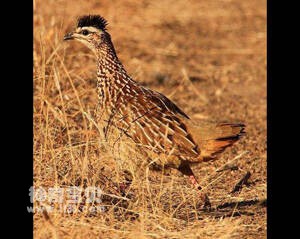
Francolinus sephaena, or Crested Francolin, is a small, omnivorous pheasant bird.When a partridge is frightened, its dark crest will stand upright and its tail will rise 45 degrees as it walks. It feeds on fruits, seeds and insects. The nest is usually built under bushes, but occasionally it is buil...
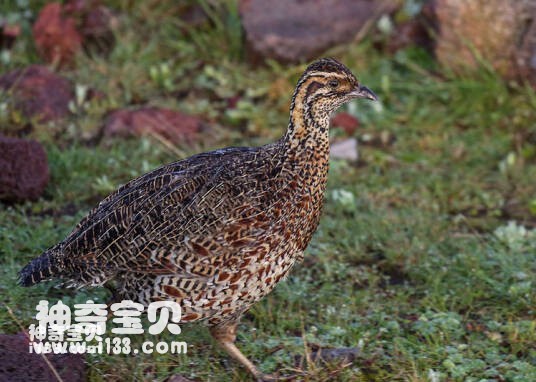
The Sumatran mountain partridge, known scientifically as Arborophila sumatrana, is good at hiding. They often live in pairs or groups, consisting of 4-12 individuals. Most of the activity is on the forest floor, and at night, it perches on branches. Every morning and evening, often issued a series o...

Scientific name Arborophila rubrirostris, foreign name Red-billed Hill Partridge, good at hiding. They often live in pairs or groups, consisting of 4-12 individuals. Most of the activity is on the forest floor, and at night, it perches on branches. Every morning and evening, often issued a series of...

Its scientific name is Arborophila rolli and its foreign name is A partridge in Roche holster. Its meat is rich in protein and fat, and contains 18 kinds of amino acids necessary for human body and high trace elements such as zinc and strontium. It has the effect of strengthening the Yang and kidney...
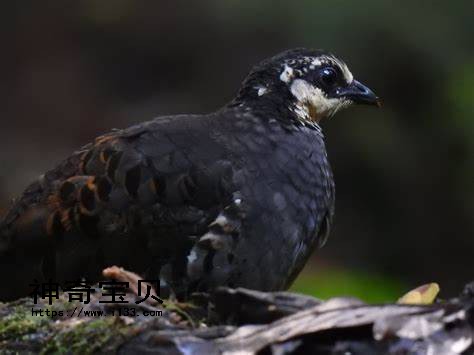
Arborophila orientalis, Gray-breasted Hill Partridge, good at concealing. They often live in pairs or groups, consisting of 4-12 individuals. Most of the activity is on the forest floor, and at night, it perches on branches. Every morning and evening, often issued a series of calls, repeated calls,...
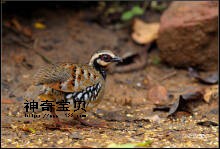
Vietnamese mountain Partridge scientific name Arborophila merlini, foreign name Vietnam Hill Partridge, good at hiding. They often live in pairs or groups, consisting of 4-12 individuals. Most of the activity is on the forest floor, and at night, it perches on branches. Every morning and evening, of...

The brown-bellied Arborophila javanica, Chestnut-bellied Hill Partridge, is good at hiding. They often live in pairs or groups, consisting of 4-12 individuals. Most of the activity is on the forest floor, and at night, it perches on branches. Every morning and evening, often issued a series of calls...
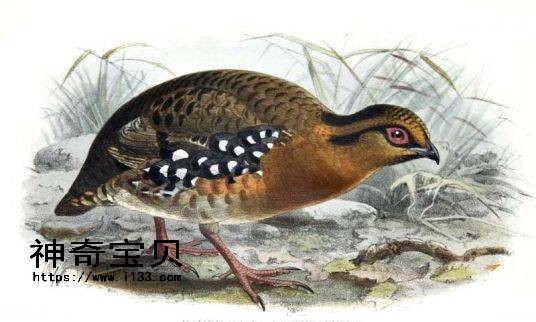
The Red-breasted Hill Partridge is known as Arborophila hyperythra and red-breasted Hill partridge. They often live in pairs or groups, consisting of 4-12 individuals. Most of the activity is on the forest floor, and at night, it perches on branches. Every morning and evening, often issued a series...
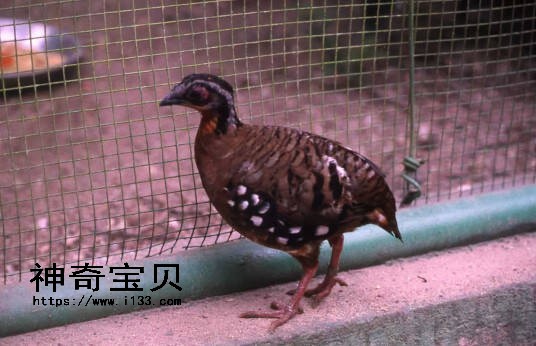
The Orange-necked Hill Partridge is known as Arborophila davidi and orange-necked hill partridge. They often live in pairs or groups, consisting of 4-12 individuals. Most of the activity is on the forest floor, and at night, it perches on branches. Every morning and evening, often issued a series of...
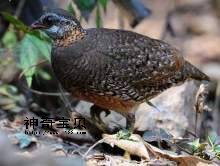
The Green-legged Partridge (Arborophila chloropus) has four subspecies.Partridges are usually found in pairs or in groups of 3-5 individuals. Temperament is extremely timid, often hiding under the forest, shrubland or grass, usually rarely take off, often in the underforest shrubland and grass activ...
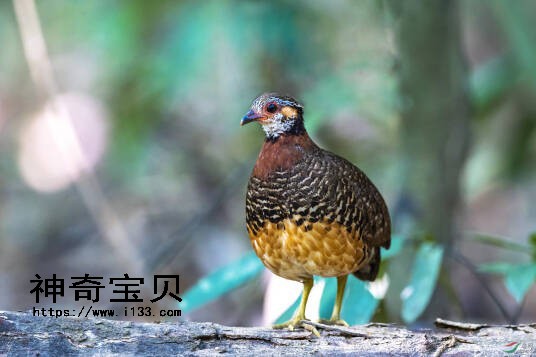
Arborophila charltonii, Chestnut breasted HillPartridge, is good at hiding. They often live in pairs or groups, consisting of 4-12 individuals. Most of the activity is on the forest floor, and at night, it perches on branches. Every morning and evening, often issued a series of calls, repeated calls...
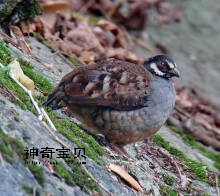
Malay Partridge (scientific name: Arborophila campbelli), no subspecies. This species is found in the plateau forests of Peninsular Malaysia. It was once known as a subspecies of the partridge.The Malay mountain partridge feeds mainly on the fruits of vines, termites (isoptera), and gastropods.Liste...
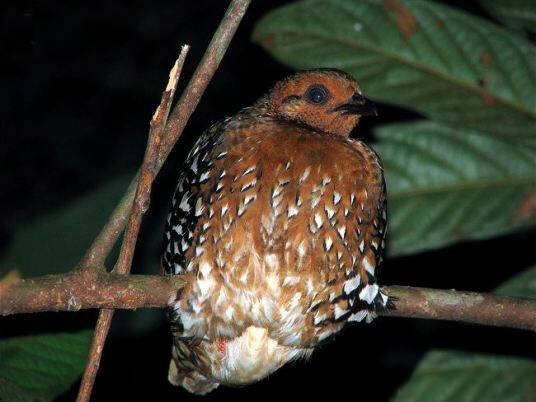
Its scientific name is Arborophila cambodiana and its foreign name is Chestnut-headed Hill Partridge.Arborophila arboriceps is good at hiding. They often live in pairs or groups, consisting of 4-12 individuals. Most of the activity is on the forest floor, and at night, it perches on branches. Every...
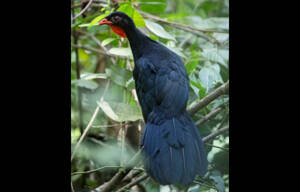
Highland Guan (Penelopina nigra), no subspecies.Crested pheasants spend a lot of time in trees, feeding on berries and fruits, and sometimes descend to the ground to catch and eat animals, including lizards and mice. They usually occur alone and in pairs or in small groups of 3-4 individuals. The ca...
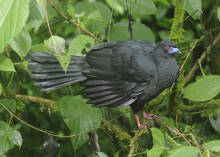
The pheasant's scientific name is Chamaepetes unicolor and its foreign name is Black Guan.Listed on the International Union for Conservation of Nature (IUCN) 2016 Red List of Threatened Species ver 3.1: Near Threatened (NT).Protect wild animals and eliminate wild meat.Maintaining ecological bala...
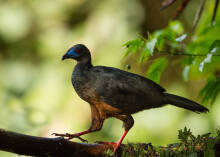
Chamaepetes goudotii and Sickle-winged Guan are unknown.Listed on the International Union for Conservation of Nature (IUCN) 2016 Red List of Threatened Species ver 3.1: Not Threatened (LC).Protect wild animals and eliminate wild meat.Maintaining ecological balance is everyone's responsibility!...

Malleefowl (Leipoa ocellata), no subspecies.The pheasant is very timid and cautious, and will run away or hide in a tree when in danger. Although they are active, they are immediately stationary when disturbed, using their body's ability to camouflage to avoid. They also have a variety of ways t...
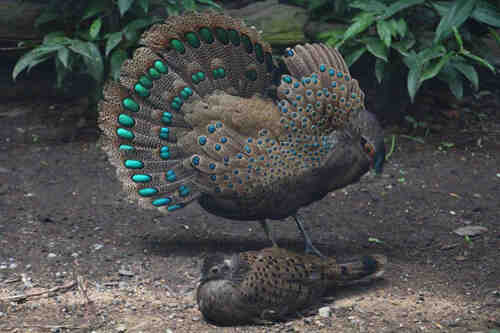
Hainan Peacock pheasant has no subspecies.Hainanese pheasants often move alone or in pairs, and will flee if disturbed. It rarely rises to the top of the tree and burrows into the dense branches. They perch on branches at night. Travel alone or in pairs, forage on the ground and spend the night in t...
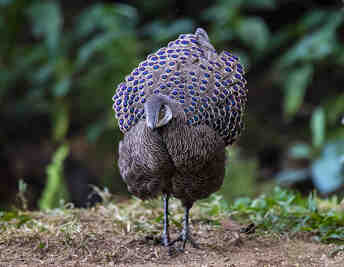
Polyplectron katsumatae (Polyplectron katsumatae) was developed in 2004 by the Hainan Provincial Forestry Bureau, Hainan Normal University and Beijing Normal University. Through DNA sequencing and molecular genetic markers, it was found that the genetic distance between Hainanese peacock pheasant an...
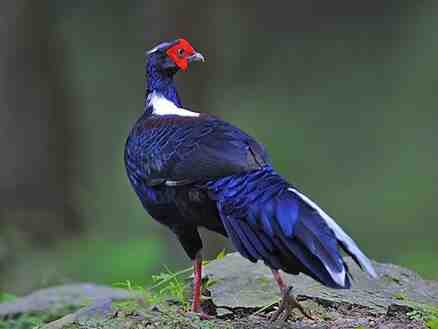
Taiwan Blue Pheasant, with no subspecies, is a large pheasant.The blue pheasant is the same as the white pheasant. The local people in Taiwan, China often use the white tail feathers of the male blue pheasant as a hat ornament; live blue pheasants can also be exhibited (the first pair of live blue p...